Author: The Office
Range anxiety and recharging remain the biggest pain points for pure electric vehicles. There are two paths to solve this problem: “open source” and “throttle back”.
The method of providing 86 kWh and 100 kWh high-capacity battery packs for the Jikr 001 belongs to the former, and choosing to invest in improving the efficiency of output and replenishment belongs to the latter. Generally speaking, the latter can better reflect the manufacturer’s strength and wisdom.
97.86% ultimate efficiency
The highest efficiency of permanent magnet synchronous motors can reach 94-97%. The motor efficiency of Tesla and Rimac (the Croatian supercar company that previously acquired Bugatti) is 97%. The Jikr 001 has two motor options, one of which is the Wirui motor that raises this limit to 97.86%, approaching 98%. Under usage scenes exceeding 93%, the motor efficiency is above 85%.
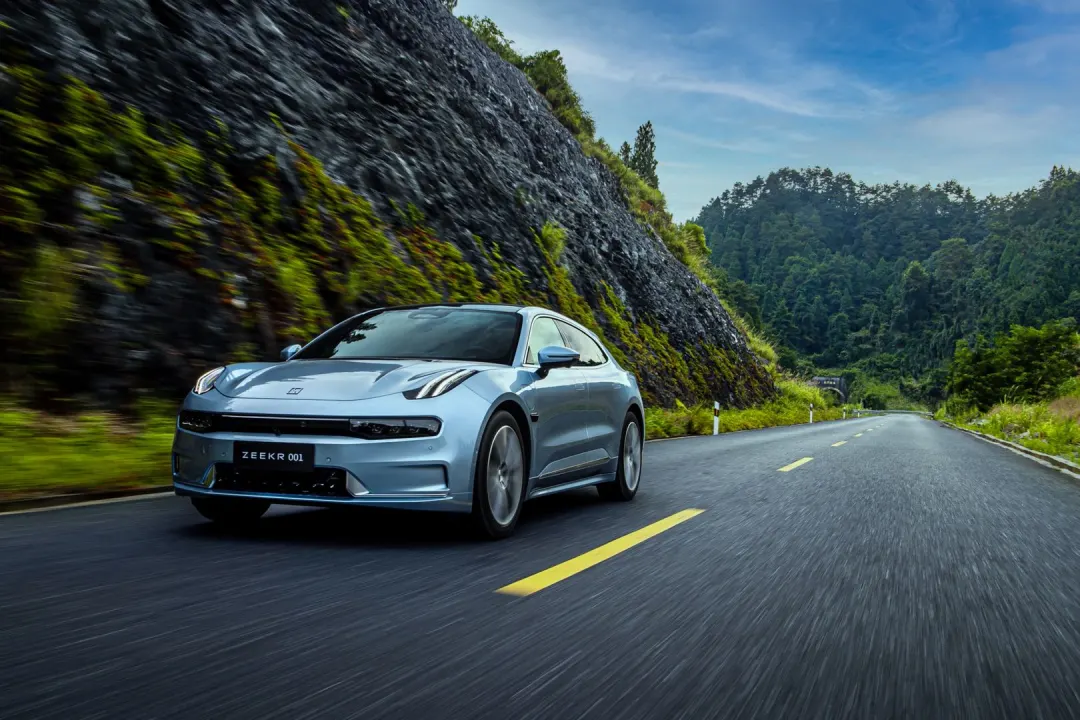
What are the concepts of 97.86% and over 93%? The US gave a guidance standard for electric vehicles in 2025, which is the motor’s highest efficiency of 97%. China gave a guidance standard for electric vehicles in 2025, which requires the motor efficiency of the area with a square ≥ 80%, in which the motor efficiency is greater than 90% (that is, under usage scenes exceeding 90%, the motor efficiency is greater than 80%). In 2021, the Jikr 001 has already achieved the national guidance standard for 2025.
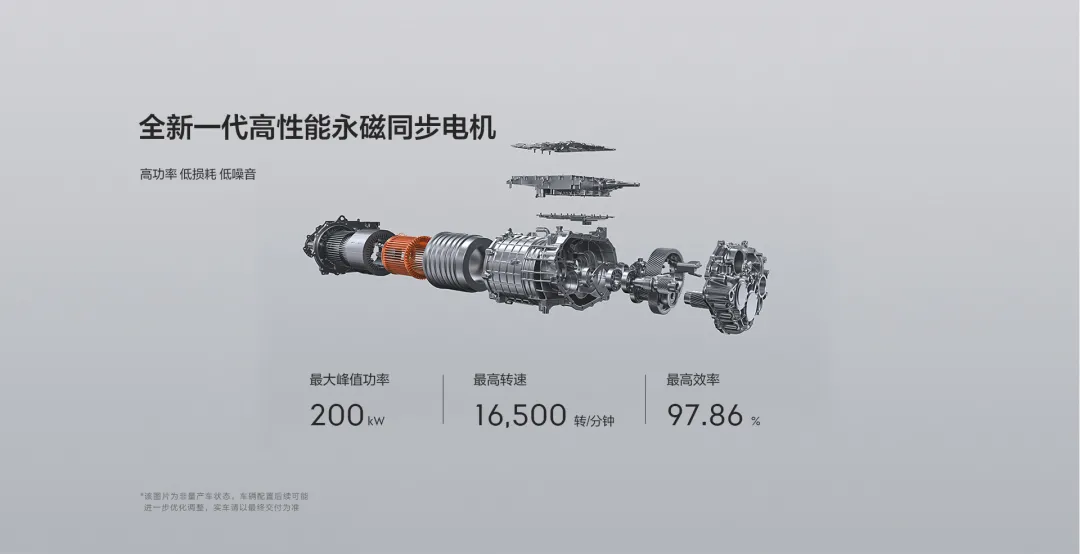
To improve the motor efficiency, the Hair-Pin winding technology, also known as the flat wire motor technology, is inevitably used. By replacing the copper wire composed of strands in the traditional stator with rectangular cross-sectional copper strips, the flat wire motor can pack more copper area in the same space. This is called the slot fill factor improvement in professional terms. The increase in cross-sectional area causes the resistance to decrease. According to the physics formula from junior high school, P=I^2*R, the copper consumption will also decrease. The motor efficiency will naturally be improved.
To approach 98%, Jikr uses the Wirui 8-layer Hair-Pin winding square flat wire winding motor, which is also the first domestically-produced three-in-one flat wire motor in mass production. This is backed by the research and development accumulation of flat wire winding technology, the input operation of automated production lines, and the mature domestic flat wire winding supply system. All efforts are made to improve the motor output efficiency and achieve the benefit of improved range.
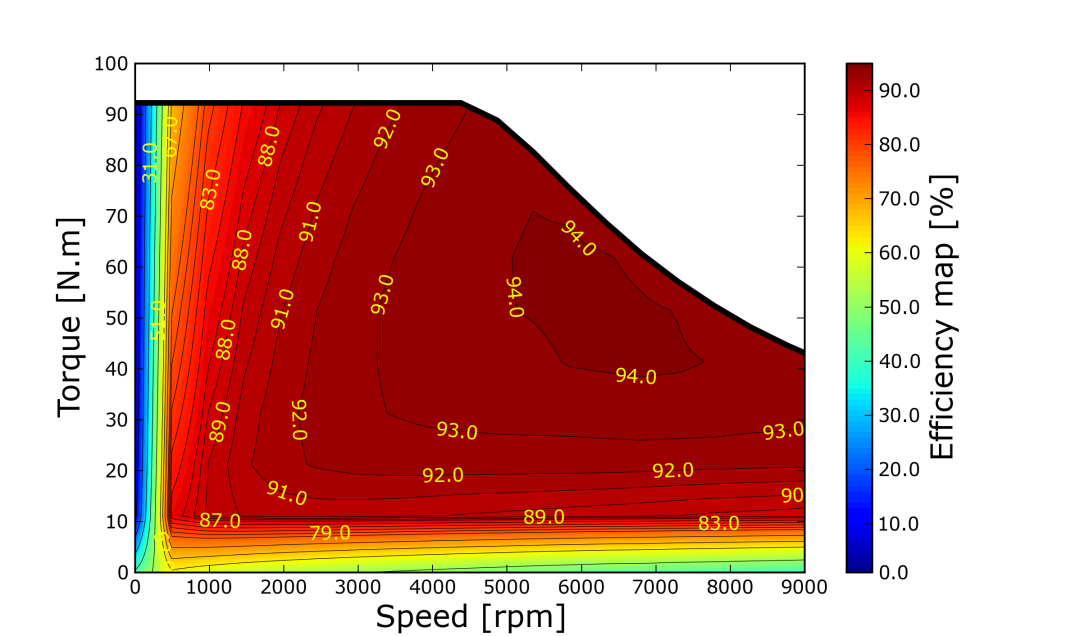 In terms of driving scenarios, we can break down the area where the power of the Zeekry 001 electric motor exceeds 85% into two dimensions: horizontal and vertical.
In terms of driving scenarios, we can break down the area where the power of the Zeekry 001 electric motor exceeds 85% into two dimensions: horizontal and vertical.
Increasing the coverage in the efficient horizontal range means a larger corresponding speed range, achieving more comprehensive coverage from low-speed congestion to high-speed cruising scenarios.
The increase in coverage in the efficient vertical range means a larger corresponding torque range, which translates into improved motor efficiency in steady-state and quick acceleration scenarios during daily use.
Ultimately, the efficiency improvements in different usage scenarios and operating conditions will be reflected in actual range improvements, which is the essence of Zeekry’s efforts to improve motor efficiency.
The Optimal Solution at Present
We still need to talk about “800 V”. The Zeekry 001 is the first model of the Zeekry brand, built on Geely SEA platform architecture, which has 800 V high voltage capability. Combined with the performance of the Porsche Taycan, which can charge 80% in 15 minutes under the 800 V architecture, the expectation from the public for the Zeekry 001 to be equipped with 800 V can be understood. However, we also need to consider a practical problem: Is 800 V really the optimal solution for energy supplementation at present?
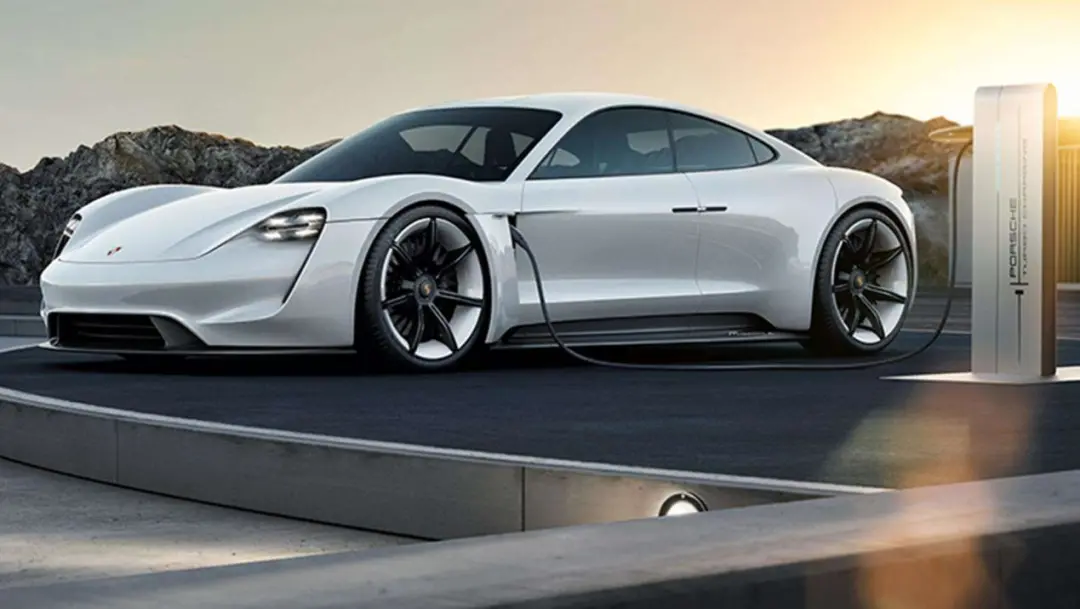
The Porsche Taycan was launched in September 2019, but after nearly two years, it is still the only mass-produced model with an 800 V architecture. The reason why there are no other alternatives is that the high cost of the 800 V high voltage architecture can be mainly attributed to the following three aspects.
Firstly, “800 V” sets a new standard for high voltage components in electric vehicles, with the inverter being the representative. In consideration of the impact of peak pulses, electric vehicles usually adopt a 650 V voltage-resistant specification for power modules under the “400 V” architecture, and the voltage-resistant limit of traditional IGBT devices in inverters is also between 600-700 V. However, under the “800 V” architecture, IGBT devices must be replaced with high-voltage-resistant MOSEFT devices that use SiC materials, whose high cost has been explained in more than one article.
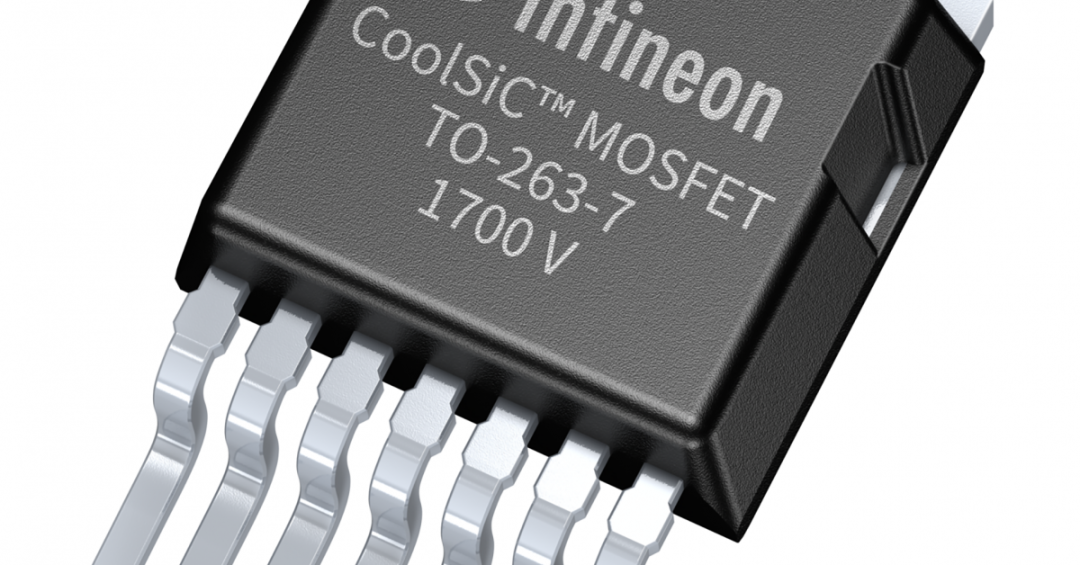
Secondly, the high voltage architecture of an electric vehicle is a systemic engineering project, involving not only charging systems relevant to energy supplementation, but also battery systems, electric drive systems, high voltage accessories and cable systems that affect vehicle start-up, driving, air conditioner use, etc.. It is not advisable to apply “800 V” prematurely before completing the research and development, matching, validation and market testing process.The last point is about infrastructure follow-up. The supporting facilities such as charging stations seriously affect the user experience of electric vehicles. As we mentioned before, the former CEO of Porsche, Karl-Thomas Neumann, evaluated the charging experience of Taycan: “If I manage to connect to an 800V supercharging station, the charging speed is very fast, and it takes only 10 minutes to charge 40 kWh of electricity.”
However, as we can see, the premise is “managing to connect to an 800 V supercharging station”. In fact, whether in Europe or China, the supporting situation of supercharging stations that support “800 V” high-voltage architecture is not optimistic. Therefore, Karl’s conclusion is that the actual charging experience under Tesla’s “400 V” high-voltage architecture is better than Taycan’s “800 V” architecture.
“800V” has a bright future, but are users willing to pay a high price for an experience that is not as good as “400 V”? At least for now, 400V > 800V, because experience is king. This also explains why the Model S Plaid delivered on June 11th still uses 400V architecture.
When the path of increasing voltage is temporarily “blocked”, the only option to improve charging power is to increase the current. This is also one direction of Zeekryuan 001’s efforts. The peak current design limit of Zeekryuan 001 is 600 A, which is completely consistent with the maximum current value of the new national standard DC fast charging “Chaoji 600 A” given in the technical white paper published by the State Grid in March 2020.
Combined with the “400 V” architecture, the 600 A peak current design can still achieve a charging power of more than 200 kW, which means that users can obtain a 5-minute charging and 120 km of range through limited cost in practical use.## Battery Management & Thermal System
When it comes to the battery life performance of electric cars, we cannot ignore the battery management system (BMS), especially when it comes to the persistent issue of “winter range reduction.”
It is not surprising to see a significant drop in range during the winter season when the temperature drops to single digits. Solving the problem of range anxiety and battery performance degradation in low-temperature conditions is a challenging task. Until there is a breakthrough in battery material technology (the current main focus is on increasing energy density), battery management is the main solution to this problem.
Let’s talk about the NIO ET7 sedan, for example. Its ability to recuperate energy, coupled with its power output of 400 kW from its dual motors and its acceleration of 0-100 km/h in just 3.8 seconds, all come in a package priced around 300,000 yuan. But forcibly installing an “800 V” system could double the price of the ET7. Therefore, to balance cost and experience, a 400 V / 600 A system currently provides the most optimal solution for battery management.
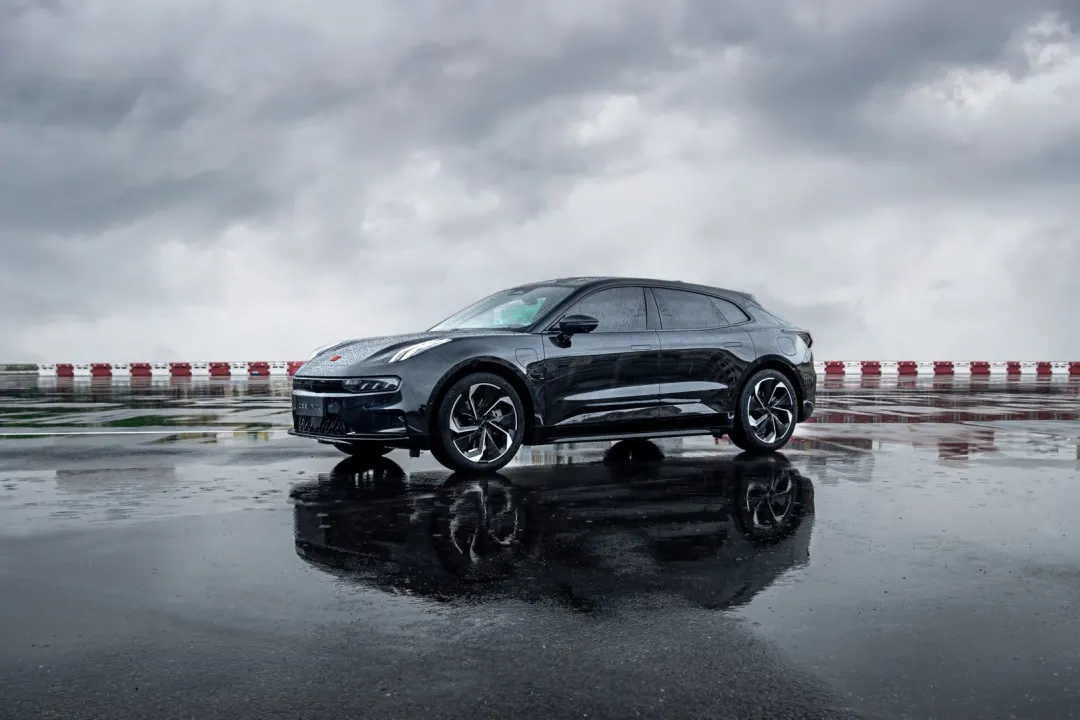
Back to the Jinko 001. Jinko’s approach is to maintain the battery’s working temperature in the optimal range of 15 – 39.8°C using new active temperature control technology. The corresponding external temperature range is from -30°C to 55°C, covering various temperature conditions from extreme cold to hot summers.
The prerequisite for precise temperature control is precise measurement. Accurately measuring the battery’s status is crucial for assessing the health of the battery system and making control decisions. The Jinko 001 can lock the temperature difference of individual battery cells to 2°C while achieving a SOC control accuracy of less than 2%.
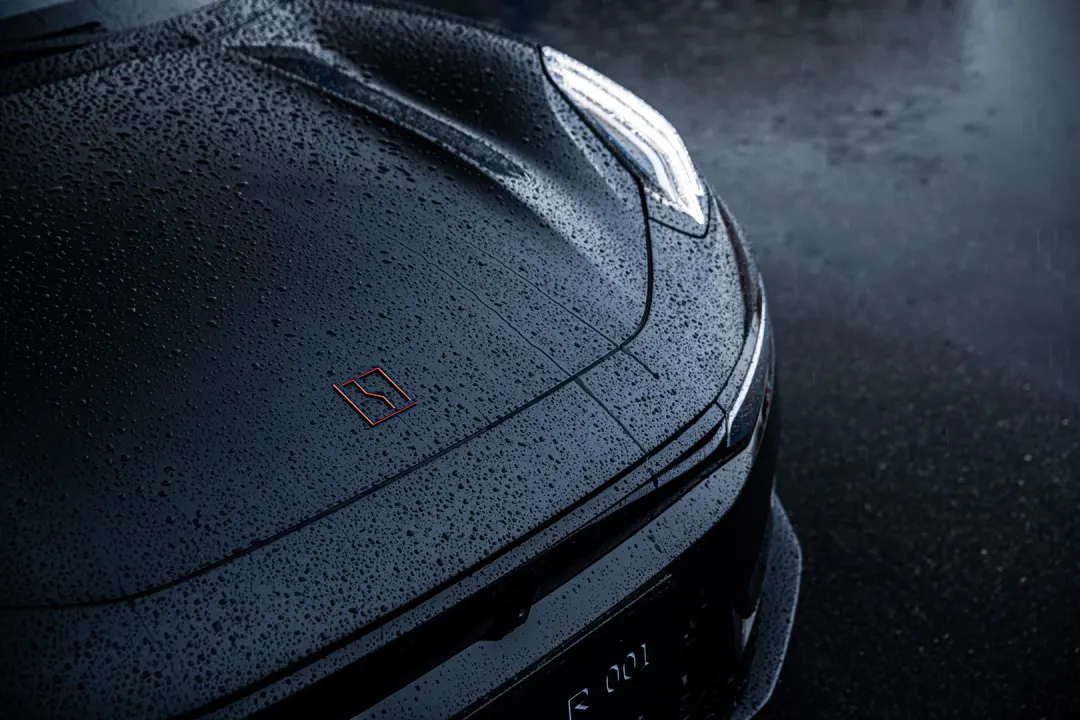
The State of Charge (SOC) refers to the percentage of available capacity that can be discharged from the battery. SOC accuracy is one of the significant issues with electric cars, and Jinko’s SOC average accuracy of 3% is one of the best in the industry. This means that the Jinko 001 can have more efficient battery management and a more accurate display of the remaining battery life.
Improving SOC precision is essential for user experience because it eliminates range anxiety. Under inaccurate data, we tend to make conservative charging plans, wasting unnecessary time, or choosing aggressive strategies, missing charging opportunities, and affecting our journey. Improving SOC accuracy is significant for user experience because it eliminates this anxiety.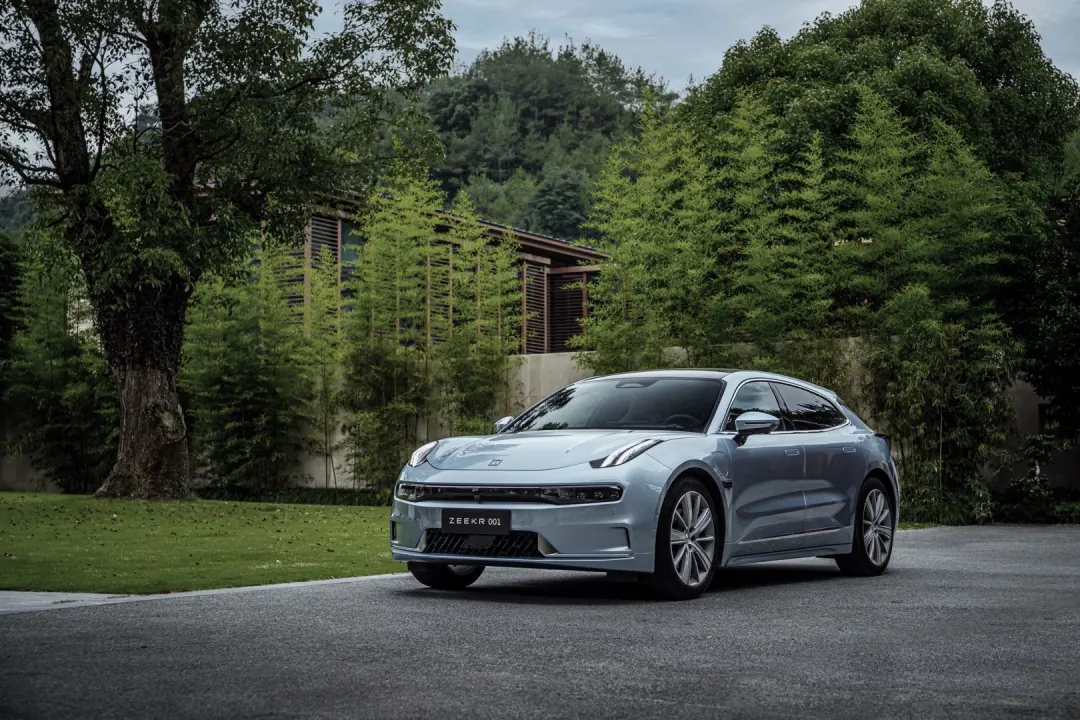
Winter air conditioning usage is another major factor affecting the range of electric vehicles. The electric vehicle heating system is mainly divided into two types: PTC and heat pump. PTC is similar to the heating system in the north, which uses thermistors to generate heat to increase the temperature inside the car, while the heat pump transfers energy from a low-temperature heat source to a high-temperature heat source (the cockpit) through reverse circulation.
The biggest difference between the two lies in power. The power of PTC system is generally 3-5 kW, while the power of heat pump system is only 1-2 kW. A 50% energy consumption reduction in the heat pump system is invaluable for power-hungry electric vehicles, which is reflected in the feedback of range. The heat pump system that comes standard in the entire range of the JiKe 001 model can increase winter range by 15% under the premise of a 35% increase in heating speed.
Conclusion
Throughout JiKe’s pure electric strategy, “efficiency” is always the key. Whether it is the ultimate pursuit of motor efficiency optimization, the practical energy supplement strategy of 400 V / 600 A, or the targeted investment in battery management and thermal system, JiKe has demonstrated its intent to promote efficient pure electric vehicles in a “faster, better, cheaper” way, a smart balance between cost control and user experience.
This article is a translation by ChatGPT of a Chinese report from 42HOW. If you have any questions about it, please email bd@42how.com.